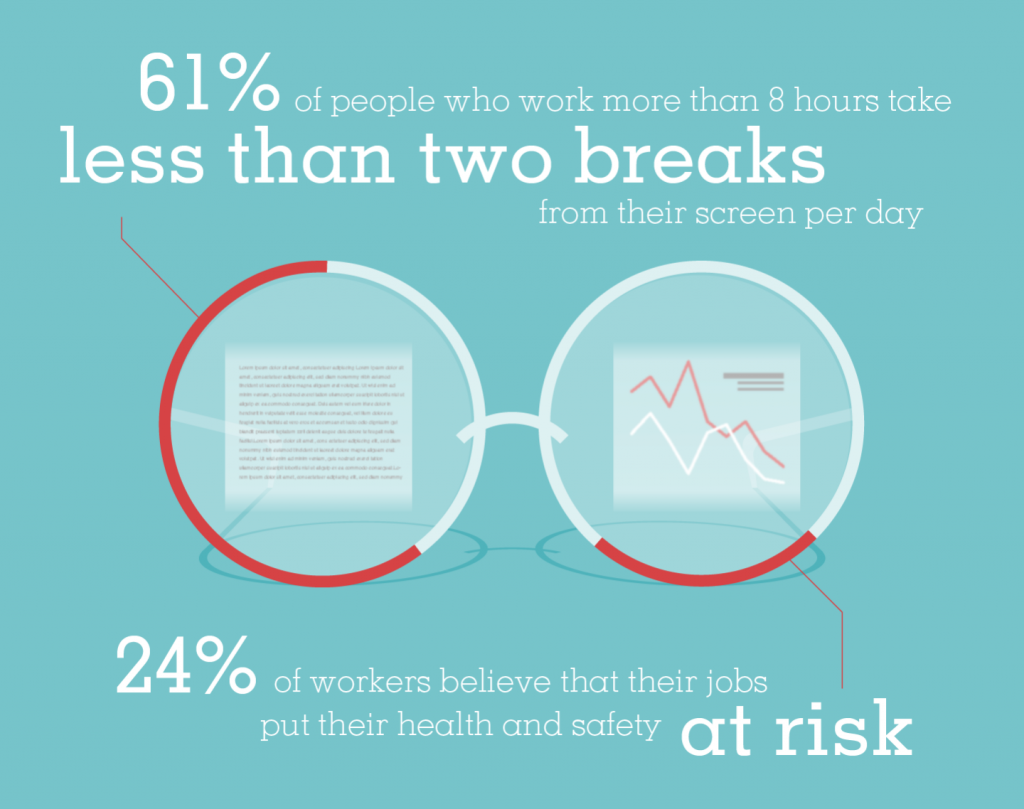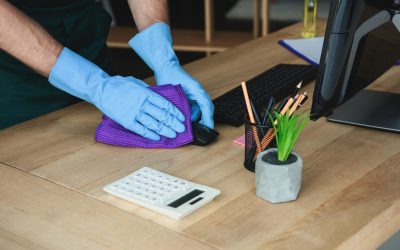Whether you are the owner of a small business or working from a home office, health and safety within your workplace is an integral element of day to day business. Personal and building safety applies just as acutely to a workplace that has 2 employees as it does to one which employs 2000. Understanding the steps which need to be taken provide piece of mind and security for you, your current staff and additional employees should you business start to grow.
Whilst no-one likes the thought of implementing processes or even adhering to them this is a critical first step for your business. Designing a health and safety programme to follow can assist in recognising hazards and eliminating dangerous situations before they arise. This programme can also support employee training and assist in highlighting equipment which needs to be updated or replaced. What is integral is to showcase that these are not merely words but that you intend to action them. Conduct an office review and engage employees in the conversation to let them know that you want to make their workplace safe.

Whilst conducting an office review it is important to note that the most common type of workplace accidents include slips, trips and falls. It is important to make sure that walkways are kept free from additional clutter and cords, should they need to be stretched across a path, are secured. Safeguarding against accidents whilst carrying binders of paperwork or cups of hot coffee mean that you should ensure there are no blind corners. This also applies to floor surfaces, installing anti-skid floor surfaces such as carpet can help reduce this risk. Finally, the cardinal sin of workplace falls – standing on a rolling office chair. There is always the need to reach that binder on the top shelf, hang the award that little bit higher, reach for the good biscuits in the kitchen. Do everyone a favour and invest in a small, sturdy stepladder to avoid this incident at all costs.
Ergonomic injuries are the most commonplace within an office setting. Management and employees alike spend the majority of their day seated at a desk, typing away on their computer thereby prone to injuries related to strains, posture and repetitive movement. These type of injuries can be difficult to identify however by undertaking a few small modifications within the office, these injuries can be kept at bay. ‘One size fits all’ does not apply to workstations and as such it is important that both yourself and your employees are able to adjust the desk, the chair and the height of the screen (to name a few) in order to ensure a more comfortable sitting posture. Step one is making the furniture adjustable, the second step is guaranteeing that you know how to adjust it in the most ergonomically correct position. With this in mind always make sure that your feet are comfortable positioned on the floor and your arms are at a 90° angle to your body and the desk.

One area which can often be overlooked in encouraging a safe and healthy workplace is hygiene. This is of particular concern within a small office environment or for people working from home as you may not have a cleaner to take care of such things as shared areas. Keeping kitchens and bathrooms hygienically clean can be as easy as providing anti-bacterial sprays and disposable paper towels. These products can also be helpful in keeping individual desks clean and dust free. Ensuring that shared areas are kept spotless is a small step in providing a germ-free healthy environment for yourself and your employees.
The steps outlined above are just an outline of those which are important to consider, irrespective of your office size or the number of staff you employ. Ensuring that you have a health and safety programme in place guarantees a safe working environment but is also an integral stepping stone to look at larger issues which you may need to be considered. Avoiding scenarios which increase the risk of falls in the workplace, implementing ergonomic practices to create a comfortable work desk and limiting the risk of bacteria by maintaining a spotless germ-free environment means you are providing you and your employees with a healthy and safe workplace which in turn generates a productive workplace







